Flow
It is important at this stage to envision the whole of the text. How has our idea moved from the original idea?
It is time to revisit the introduction. Re-read the chapter in its entirety without a pen. We are not editing here. On the second re-read, make a note of what you promise in the introduction.
Do you actually deliver these things? Do you need to change the text of the introduction to reflect what you have actually done?
It is important to remember why you started the chapter and how far you have travelled so that the chapter remains coherent as a whole. Identifying gaps, infelicities and contradictions in our ideas and our text at this stage is important.
This is also your final check of your document’s linkages. Linkages comprise concepts and themes as well as specific passages of text that link one section (or subsection) to the next. These linkages, or signposts, are artificial pieces of text that keep the narrative flowing for the person who reads it cold. You, as the writer, have long ceased needing such linkages because the ideas and text are so clear in your own mind. Internal narrators need no linkage.
Linkages are crucial to the finalised piece of work. Making sure that themes continue throughout the piece and are presented consistently, and making sure that our introduction and conclusion (the most read parts of any piece of academic writing) all stack up requires some deep work. Similarly signposting the direction of travel (here I do this, next I will do that) keeps the reader orientated across complex ideas - otherwise is can all feel a bit helter skelter.
TODAY I WILL…
Re-read my paper, making notes on the introduction for coherence;
I will examine the linkages and make a list of any issues;
Write for 2 hours minimum working my way down my list.

